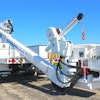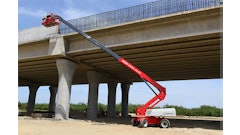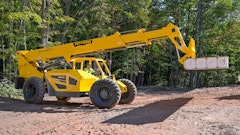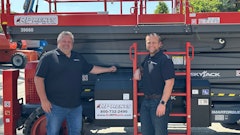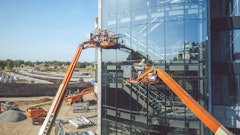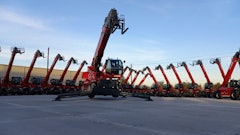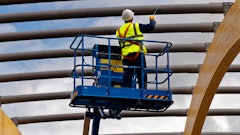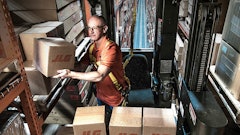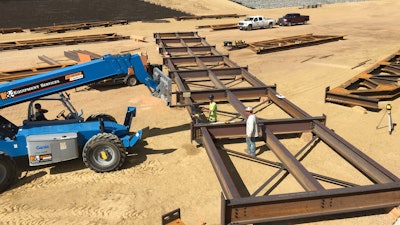
What do you do when the site for your dream home sits on the opposite side of a dry reservoir? You add a 168-ft. steel bridge to your property. However, after purchasing the bridge, the homeowner found that spanning the reservoir was the least of his problems.
“The homeowner wanted to create vehicular access to his home using a classic-looking, 168-ft. clear span truss bridge he purchased directly from Contech. He intended to have his homebuilding company complete the project,” says Mike Hurst, erection division field operations manager for High Plains Steel Services. “However, the general contractor was a residential homebuilder and lacked experience with civil bridges, commercial construction or structural steel.”
Further hindering the project was the potential installation cost. The approach recommended by the supplier – to use traditional shoring and stick build and two cranes – would have put erection costs drastically over budget.
So, the homeowner called in High Plains Steel Services based in Windsor, CO. While cost was an important consideration for this project, at the same time, High Plains Steel Services knew it needed a quality, reliable option to ensure timely completion of the project.
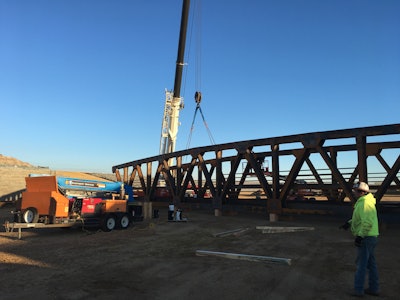
The GTH-844 was chosen for its lifting capacity and ease of use. “Some features that were a big help were having 4X4 and a diesel engine,” says Hurst. “The multi-function joystick made the precise placement of our pieces easy. The lift shackle came in handy quite a few times as well for rigging our pieces with chokers.”
The bridge had to be built on the ground with camber in it. To improve cost-effectiveness, the telehandler was used to move all the steel and build the floor on 6x6 timbers in the then-dry reservoir.
“The timbers were cut on site as dunnage that was then shot into the elevation of the camber. This allowed the steel floor and truss erection to bolt up seamlessly,” Hurst explains. “From there, two cranes were brought in to set the fully erected bridge into place.”
In addition to happy homeowners, High Plains Steel Services was awarded Project of the Year Honorable Mention from the Steel Erectors Association of America (SEAA) for their unique approach to getting the steel bridge in place.

